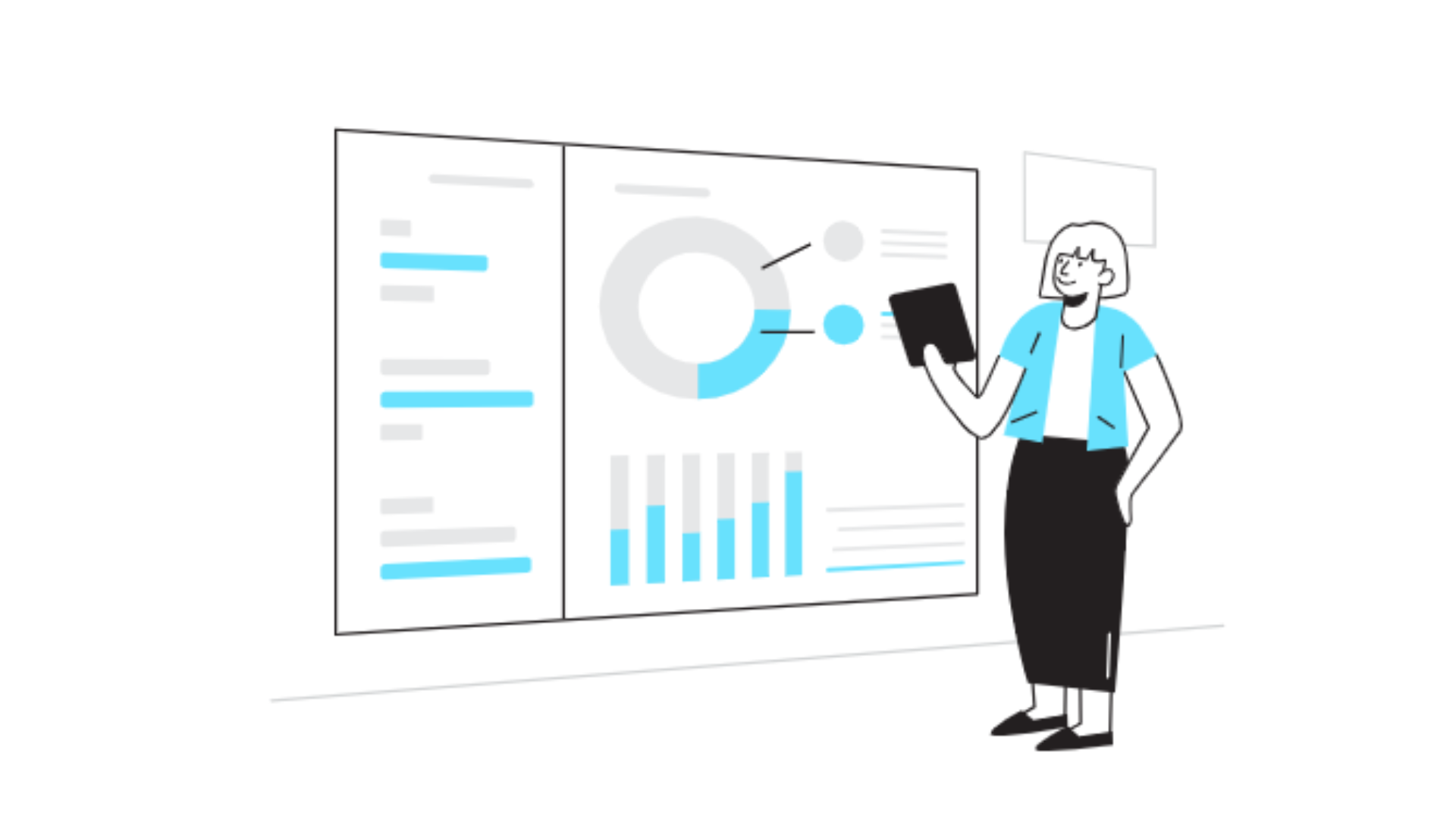Which Bidding Option is Best Suited for an Advertiser Focused on Direct Response Marketing Goals?

As an advertiser focused on direct response marketing goals, choosing the right bidding option can make or break your campaigns. Bidding options determine how you pay for ads on different platforms, such as Facebook, Google, or Twitter, and they have a significant impact on your campaign’s success. In this blog post, we’ll explore the different bidding options available to advertisers and help you determine which one is best suited for your direct response marketing goals.
Understanding Bidding Options
Before we dive into the different bidding options, let’s first define what they are. Bidding options are the ways in which advertisers pay for ad placements on different platforms. There are several bidding options available, each with its own pros and cons. Some of the most common bidding options include:
Cost Per Click (CPC)
CPC is a bidding option where advertisers only pay when someone clicks on their ad. This is a popular option for advertisers focused on driving website traffic and increasing brand awareness.
Cost Per Impression (CPM)
CPM is a bidding option where advertisers pay for every 1,000 impressions their ad receives. This is a good option for advertisers focused on building brand awareness.
Cost Per Acquisition (CPA)
CPA is a bidding option where advertisers only pay when a user takes a specific action, such as making a purchase or filling out a form. This is an ideal option for advertisers focused on driving conversions and maximizing ROI.
Which Bidding Option is Best for Direct Response Marketing Goals?
When it comes to direct response marketing goals, the bidding option that is best suited for your campaigns depends on your specific objectives. Let’s explore each option in more detail to determine which one is the most appropriate for direct response marketing.
Cost Per Click (CPC)
CPC is a popular bidding option for advertisers focused on direct response marketing goals, such as driving website traffic and increasing sales. With CPC, advertisers only pay when someone clicks on their ad, which means they’re only paying for actual engagement with their brand.
However, CPC can be a more expensive option compared to other bidding options, such as CPM. This is because advertisers are competing against each other to have their ads shown to their target audience. As a result, CPCs can quickly become inflated, making it more difficult for advertisers to achieve their desired ROI.
Cost Per Impression (CPM)
CPM is a good option for advertisers focused on building brand awareness, but it’s not the best choice for direct response marketing. With CPM, advertisers pay for every 1,000 impressions their ad receives, regardless of whether someone interacts with it.
This means that while CPM can be an effective way to increase brand awareness, it’s not the best option for advertisers focused on driving conversions and maximizing ROI.
Cost Per Acquisition (CPA)
CPA is an ideal option for advertisers focused on direct response marketing goals, such as driving conversions and maximizing ROI. With CPA, advertisers only pay when a user takes a specific action, such as making a purchase or filling out a form. This means that advertisers are only paying for actual conversions, making it a cost-effective option for direct response marketing.
However, CPA can be a more difficult bidding option to set up and manage compared to CPC or CPM. Advertisers need to have a clear understanding of their conversion funnel and optimize their campaigns accordingly to ensure they’re driving the right type of conversions.
Conclusion
When it comes to direct response marketing goals, CPA is the best bidding option for advertisers looking to drive conversions and maximize ROI. However, it’s important to remember that the bidding option you choose should be based on your specific objectives and the nature of your campaigns.



